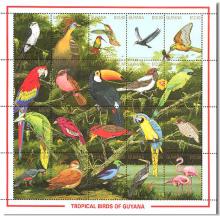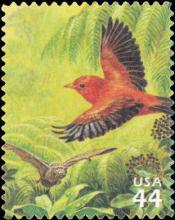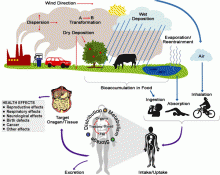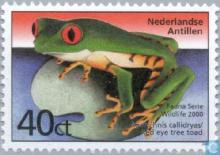Autism Risk Higher Near Pesticide-Treated Fields
Babies whose moms lived within a mile of crops treated with widely used pesticides were more likely to develop autism, according to new research. The study of 970 children, born in farm-rich areas of Northern California, is part of the largest project to date that is exploring links between autism and environmental exposures. The University of California, Davis research – which used women’s addresses to determine their proximity to insecticide-treated fields – is the third project to link prenatal pesticide exposures to autism and related disorders. “The weight of evidence is beginning to suggest that mothers’ exposures during pregnancy may play a role in the development of autism spectrum disorders,” said Kim Harley, an environmental health researcher at the University of California, Berkeley who was not involved in the new study. One in every 68 U.S. children has been identified with an autism spectrum disorder—a group of neurodevelopmental disorders characterized by difficulties with social interactions, according to the Centers for Disease Control and Prevention.










